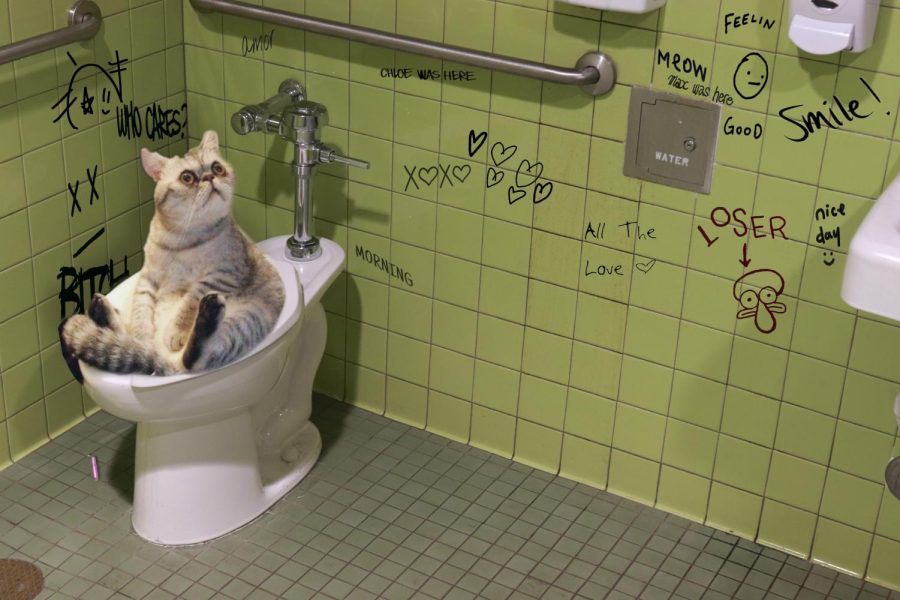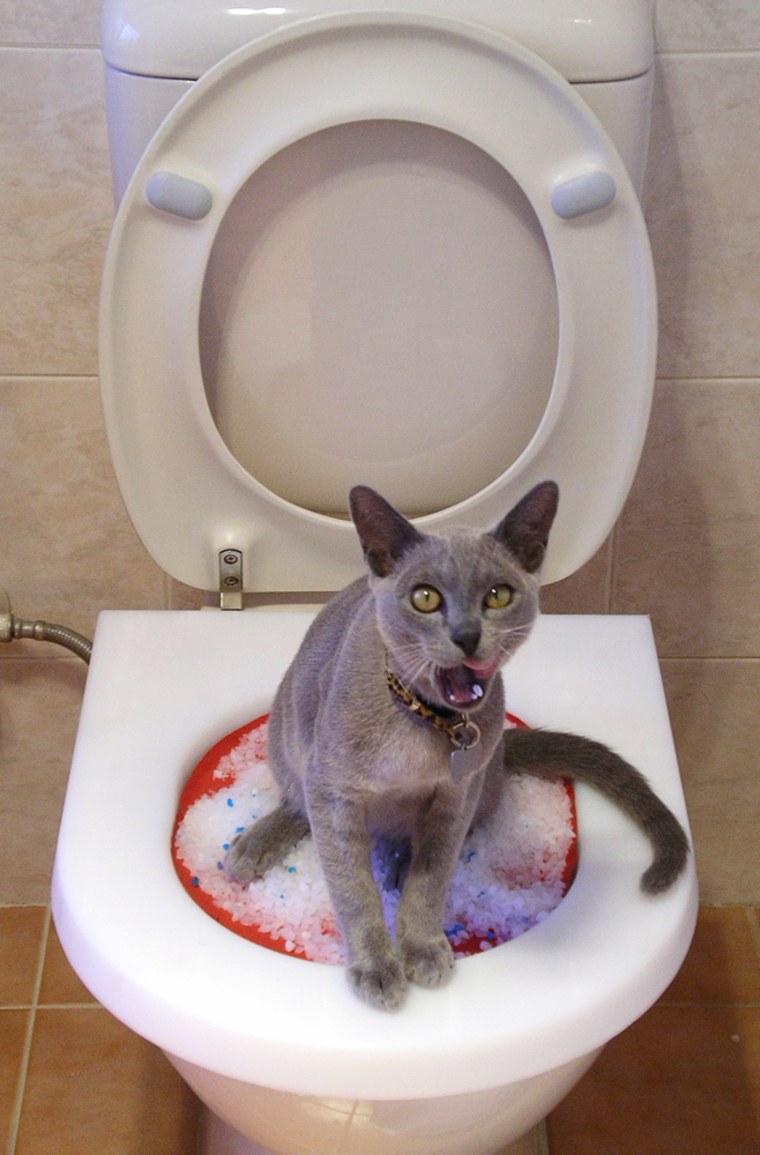The Hazards of Flushing Animal Waste Down the Toilet
The Hazards of Flushing Animal Waste Down the Toilet
Blog Article
They are making a number of great annotation regarding Should you flush animal waste down the toilet as a whole in this post followed below.

When it comes to throwing away waste, especially animal waste, lots of people often turn to the hassle-free alternative of flushing it down the toilet. Nevertheless, this apparently very easy solution can have significant consequences for the atmosphere and public health. In this post, we'll discover why flushing pet waste down the bathroom is a bad concept and provide alternate approaches for appropriate disposal.
Intro
Correct garbage disposal is crucial for maintaining environmental sustainability and public health. While it may appear safe to purge animal waste down the commode, it can cause numerous problems, both for the environment and human wellness.
Risks of flushing pet waste
Environmental influence
Purging animal waste introduces harmful bacteria and microorganisms into rivers, which can negatively affect marine ecosystems. These virus can pollute water sources and injury aquatic life, interrupting delicate ecosystems.
Public health worries
Pet waste includes unsafe bacteria such as E. coli and Salmonella, which can position serious health threats to people. Flushing pet waste down the toilet can pollute water supplies, bring about the spread of illness and infections.
Alternatives to flushing
As opposed to flushing animal waste down the commode, there are several alternate disposal approaches that are much more eco-friendly and sanitary.
Composting
Composting animal waste is an environment-friendly way to dispose of it. By composting, organic matter is broken down right into nutrient-rich dirt, which can be made use of to fertilize gardens and plants.
Garbage dump disposal
Getting rid of pet waste in a land fill is one more choice. While not as environmentally friendly as composting, it is a more secure option to flushing, as it avoids the contamination of water resources.
Animal garbage disposal systems
There are specific pet dog waste disposal systems readily available that securely and hygienically throw away animal waste. These systems commonly use enzymes to break down waste and get rid of smells.
Steps to proper pet waste disposal
To make sure correct disposal of animal waste, follow these actions:
Scooping and getting waste
Frequently check here scoop and bag animal waste making use of naturally degradable bags. This protects against waste from contaminating the atmosphere.
Utilizing designated waste bins
Dispose of bagged pet waste in designated waste containers, such as garden compost containers or garbage dump bins. Prevent flushing it down the toilet whatsoever costs.
Cleansing can and animal areas routinely
Routinely tidy can and animal locations to stop the buildup of waste and microorganisms. Use pet-safe cleansing items to preserve health.
Benefits of correct disposal techniques
Taking on appropriate disposal approaches for animal waste supplies a number of advantages:
Lowered environmental pollution
Proper disposal approaches decrease the threat of environmental pollution, safeguarding rivers and environments from contamination
Decreased risk of water contamination.
By preventing flushing pet waste down the commode, the danger of water contamination is dramatically reduced, protecting public health.
Enhanced cleanliness and health
Correct disposal approaches advertise far better hygiene and health, producing a safer setting for both human beings and pets.
Final thought
To conclude, flushing animal waste down the toilet is hazardous to the environment and public health. By taking on different disposal approaches and following appropriate waste administration practices, we can minimize the adverse influence of animal waste and add to a cleaner, much healthier planet.
What To Do With Dog Poo – The Do's And Don'ts Of Disposing Of Faeces
Dog poo bins
Some councils provide dedicated dog waste bins in popular dog-walking areas that can take dog poo that has been bagged but you can legally dispose of dog waste in any public litter bin, as long as it is securely bagged. This also applies to your wheelie bin at home.
Do not flush
Water companies do not recommend flushing dog faeces down the toilet because certain parasites can survive the water processing treatment and are potentially harmful to humans. You should also never consider flushing dog poo that has been bagged down the toilet as the bags will not break down and instead create severe blockages in the sewage system.
In the woods
The Forestry Commission promotes a ‘stick and flick’ method for dealing with waste in the woods. This means finding a stick and using it to flick any poo from off the path so that it is out of the way of other walkers. You could also bury it as long as it is not in an area where there might be livestock.
Livestock
Parasites found in dog poo can be transmitted to livestock if they inadvertently eat infected faeces that has been left on grazing land. This could result in the death of sheep or abortion in cattle so you should always make sure you pick up your dog’s waste in fields where livestock could be present.

Routinely tidy can and animal locations to stop the buildup of waste and microorganisms. Use pet-safe cleansing items to preserve health.
Benefits of correct disposal techniques
Taking on appropriate disposal approaches for animal waste supplies a number of advantages:
Lowered environmental pollution
Proper disposal approaches decrease the threat of environmental pollution, safeguarding rivers and environments from contamination
Decreased risk of water contamination.
By preventing flushing pet waste down the commode, the danger of water contamination is dramatically reduced, protecting public health.
Enhanced cleanliness and health
Correct disposal approaches advertise far better hygiene and health, producing a safer setting for both human beings and pets.
Final thought
To conclude, flushing animal waste down the toilet is hazardous to the environment and public health. By taking on different disposal approaches and following appropriate waste administration practices, we can minimize the adverse influence of animal waste and add to a cleaner, much healthier planet.
What To Do With Dog Poo – The Do's And Don'ts Of Disposing Of Faeces
Dog poo bins
Some councils provide dedicated dog waste bins in popular dog-walking areas that can take dog poo that has been bagged but you can legally dispose of dog waste in any public litter bin, as long as it is securely bagged. This also applies to your wheelie bin at home.
Do not flush
Water companies do not recommend flushing dog faeces down the toilet because certain parasites can survive the water processing treatment and are potentially harmful to humans. You should also never consider flushing dog poo that has been bagged down the toilet as the bags will not break down and instead create severe blockages in the sewage system.
In the woods
The Forestry Commission promotes a ‘stick and flick’ method for dealing with waste in the woods. This means finding a stick and using it to flick any poo from off the path so that it is out of the way of other walkers. You could also bury it as long as it is not in an area where there might be livestock.
Livestock
Parasites found in dog poo can be transmitted to livestock if they inadvertently eat infected faeces that has been left on grazing land. This could result in the death of sheep or abortion in cattle so you should always make sure you pick up your dog’s waste in fields where livestock could be present.

I'm certainly very involved in 4 Reasons Why Dog Poop Cleanup is Important and I am assuming you liked our entry. Do you know somebody who is serious about the topic? Why not share it. I praise you for being here. Don't hesitate to check our website back soon.
Find Out More Report this page